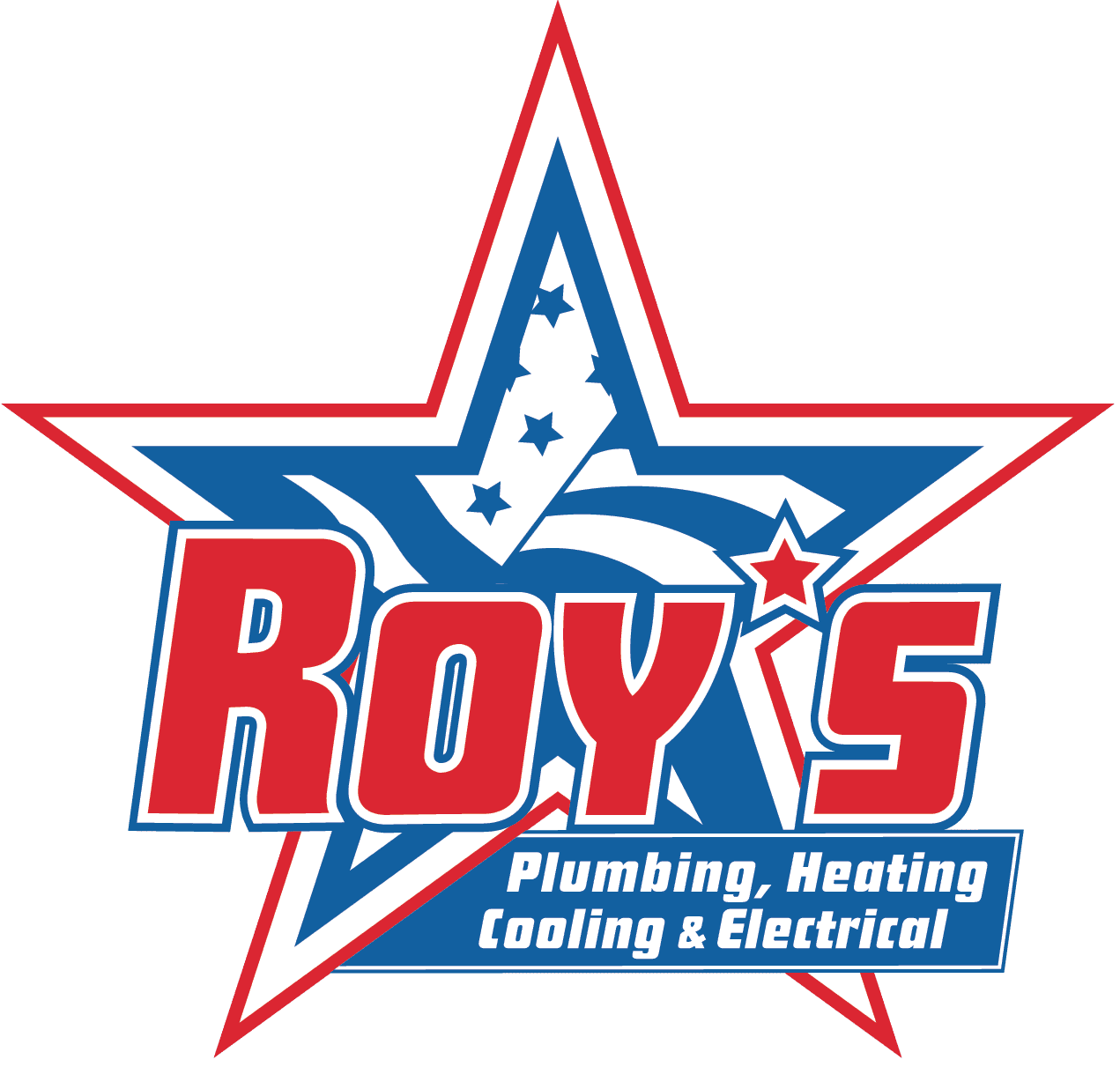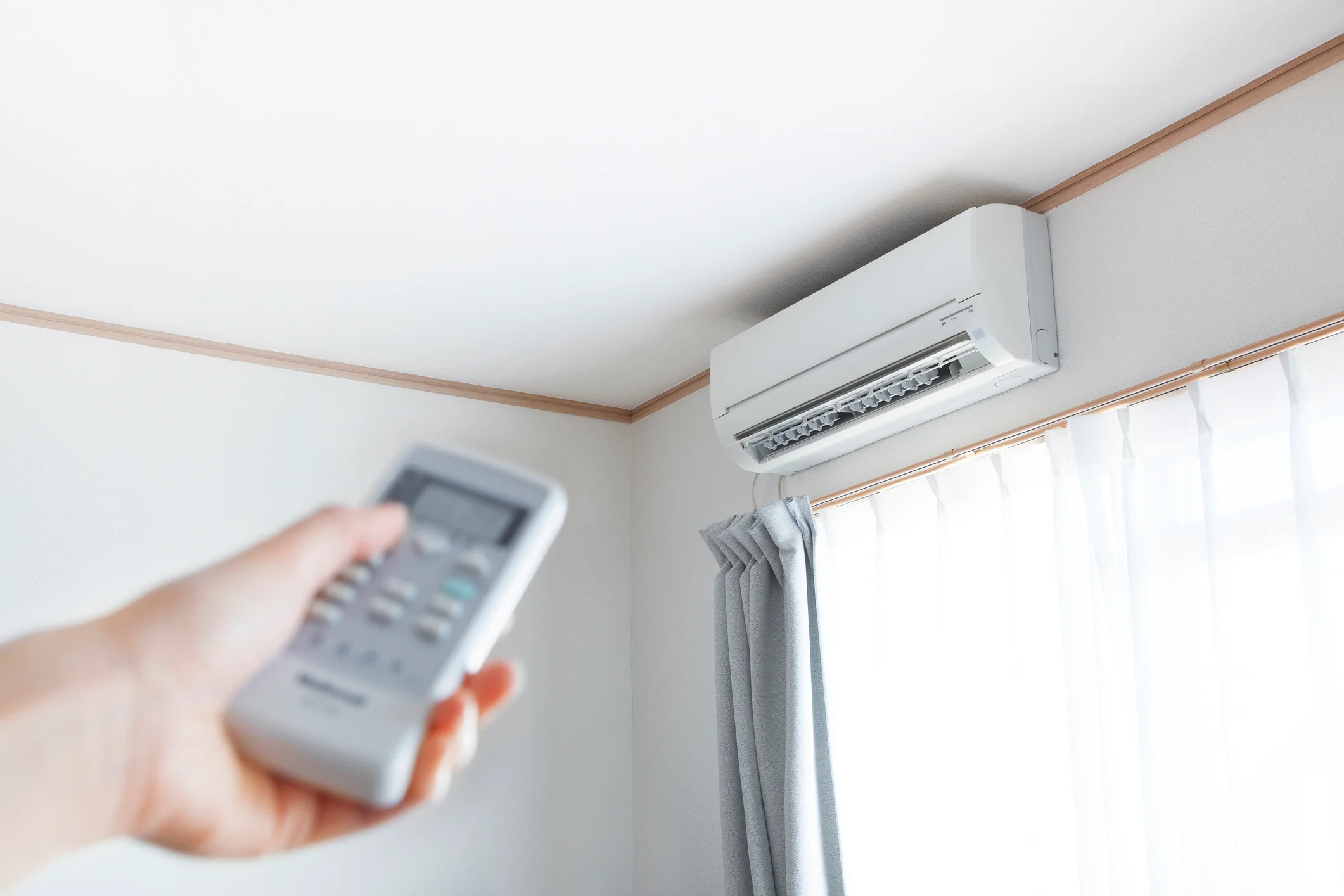
What Is a Mini Split, and How Is It Different from Central Air and Other HVAC Options?
If you’re exploring heating and cooling solutions, you’ve probably encountered terms like “mini split,” “ductless system,” and “heat pump.” They often appear in the same conversations or product listings, and many homeowners assume they mean the same thing. But while these systems are closely related, they’re not identical. Choosing the right one for your home depends on more than just the name—it comes down to how they work, how they’re installed, and how they fit into your space.
Understanding Mini Split Systems
Mini split systems are a modern, efficient way to heat and cool your home—especially if you’re looking for flexibility. These systems are called “split” because they include two main components: an indoor air-handling unit and an outdoor condenser. The “mini” designation reflects their compact size and targeted performance.
Unlike traditional HVAC systems that rely on ducts, a mini split delivers air directly into the room through the indoor unit. Refrigerant lines connect the indoor and outdoor components, allowing for the transfer of heat. This setup makes mini splits ideal for room-specific temperature control—think home offices, converted attics, sunrooms, or garages. While many homeowners install mini splits to supplement existing systems, they can also provide whole-home coverage in smaller properties or in homes designed without ductwork.
Ductless Systems vs. Central Air: Key Differences
Central air systems distribute air via a series of ducts and vents. These systems are effective at heating and cooling large spaces, but they require significant infrastructure—ducts hidden behind walls, in ceilings, and under floors. If your home doesn’t already have ductwork, installing a central system can be time-consuming and expensive.
Ductless mini splits, on the other hand, offer a non-invasive alternative. With only a small hole required to connect the indoor and outdoor units, installation is faster and less disruptive. You can also install multiple air handlers throughout the home to create “zones,” giving each room or area its climate control settings.
Energy Efficiency and Air Loss
Ducted systems are prone to energy loss—especially when air escapes through gaps, leaks, or poorly insulated ducts. This inefficiency drives up utility bills and can cause uneven temperatures from room to room.
Because mini splits operate without ducts, they eliminate this issue entirely. Air is delivered directly into the space that needs it, resulting in higher efficiency and more consistent comfort. Many systems feature inverter-driven compressors that adjust performance in real time, using only as much energy as needed to maintain the desired temperature.
Where Do Heat Pumps Fit In?
A heat pump moves heat from one place to another rather than generating it from scratch. In summer, it pulls warm air from inside and pushes it outside; in winter, it pulls heat from the air outside and transfers it inside. This process makes heat pumps remarkably energy efficient, especially in moderate climates.
Most mini split systems are built using heat pump technology. That’s what allows them to heat and cool a room using a single system. However, heat pumps can also power central HVAC systems, both ducted and ductless.
Ducted vs. Ductless Heat Pumps
Not all heat pumps are ductless, and not all ductless systems are mini splits. The term “heat pump” simply refers to the technology. A system can use that technology and still rely on ductwork to distribute air—or bypass ducts entirely.
Mini splits represent a specific type of ductless heat pump system, where the heating and cooling are delivered through wall-mounted air handlers in individual rooms. It’s helpful to think of the terms like this:
Heat pump = the engine
Ductless = the delivery system
Mini split = the complete package for targeted, energy-efficient comfort
Mini Splits Compared to Other HVAC Options
Mini splits don’t just compete with central air—they also go head-to-head with other HVAC solutions like window units and portable ACs. Understanding how these systems compare helps homeowners make informed decisions based on comfort, cost, and efficiency.
| Feature | Mini Split | Central Air | Window/Portable AC |
| Ductwork Required | No | Yes | No |
| Zoned Comfort | Yes (Multiple Zones) | No (Whole Home Only) | Yes (Single Room) |
| Energy Efficiency | High | Moderate | Low |
| Aesthetic | Discreet Wall Units | Hidden Ducts | Bulky or Obtrusive |
| Installation Time | Quick | Time-Intensive | Minimal |
| Noise Level | Quiet | Depends on Ductwork | Often Loud |
Ideal Use Cases
Mini splits are especially useful in spaces where traditional systems fall short. These include rooms that aren’t connected to ductwork, areas with unique temperature needs, or home additions constructed after the central HVAC system was installed.
Compared to central air, mini split systems are far easier to install and don’t require ductwork, making them a great fit for older homes or projects with limited space for renovation. They also provide zoned comfort, giving homeowners the ability to heat or cool individual rooms based on usage and preference.
Window and portable AC units may seem convenient, but they tend to be noisy, inefficient, and visually intrusive. Mini splits, on the other hand, offer long-term energy savings, quieter operation, and a more streamlined appearance. For homeowners prioritizing performance, efficiency, and aesthetics, mini splits are a smart, modern solution.
Thinking Beyond Traditional HVAC
Mini split systems are quickly becoming a top choice for homeowners who want comfort without compromise. These compact, efficient systems deliver powerful heating and cooling exactly where it’s needed—no ducts, no wasted energy, and no one-size-fits-all approach. With zoning capabilities, low operating noise, and sleek wall-mounted units, mini splits offer year-round control and noticeable cost savings. For anyone looking to upgrade a specific area or optimize their entire home, they provide unmatched flexibility and performance.
Choosing the right HVAC system doesn’t have to be complicated. The team at Roy’s Plumbing, Heating, Cooling & Electrical can walk you through your options and design a mini split solution tailored to your space and comfort goals. If you’re planning a home addition, rethinking your energy use, or ready for a better indoor climate, we’re here to help you get started with expert advice and professional installation.
Recent News
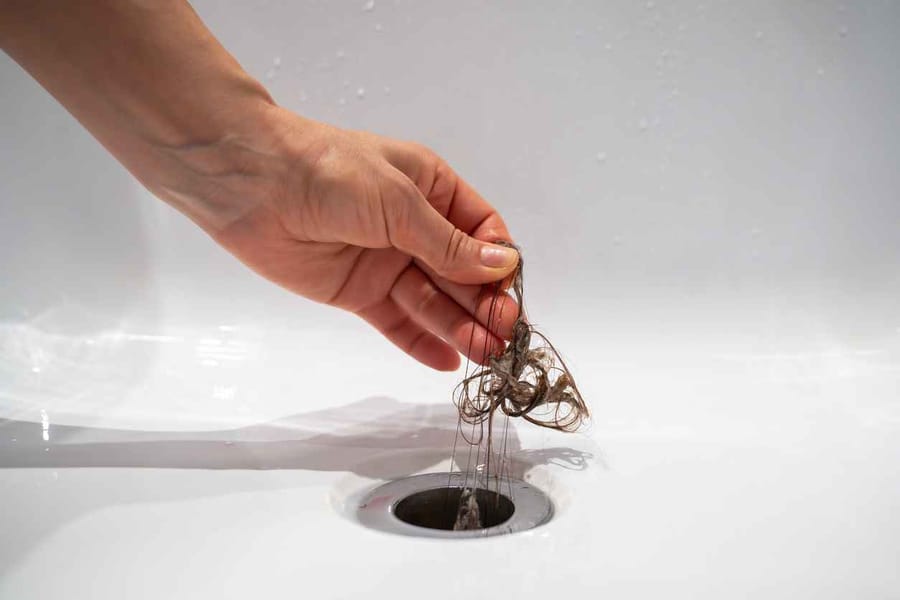
How to Prevent Clogs in Your Drains: Tips Buffalo Homeowners Can Use
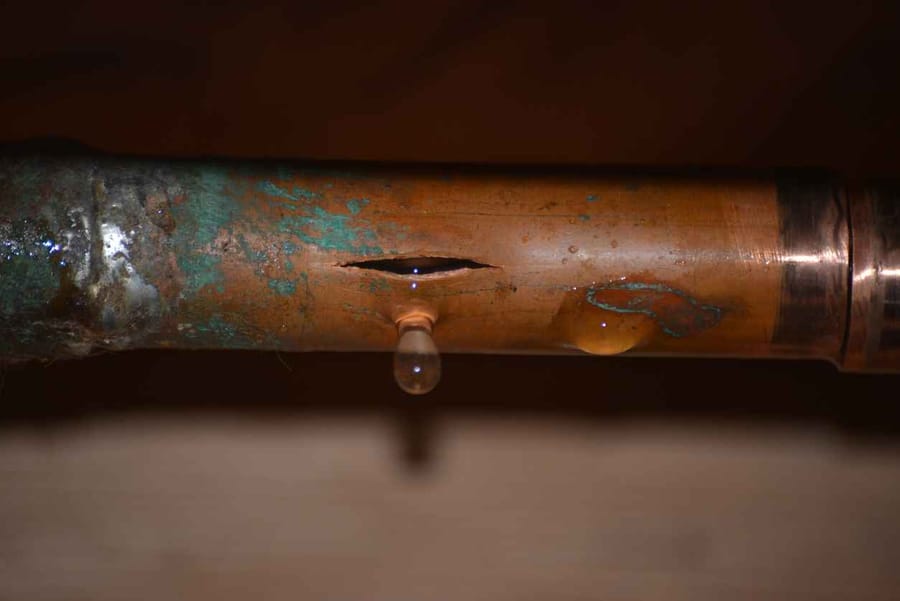
5 Signs Your Pipes Need Repair Before They Burst: A Guide for Buffalo Homeowners

Why Regular Plumbing Maintenance Pays Off in the Long Run

Mastering Residential Plumbing and Drain Care: Pro Techniques for Leak Prevention, Pipe Longevity, and Eco-Friendly Maintenance
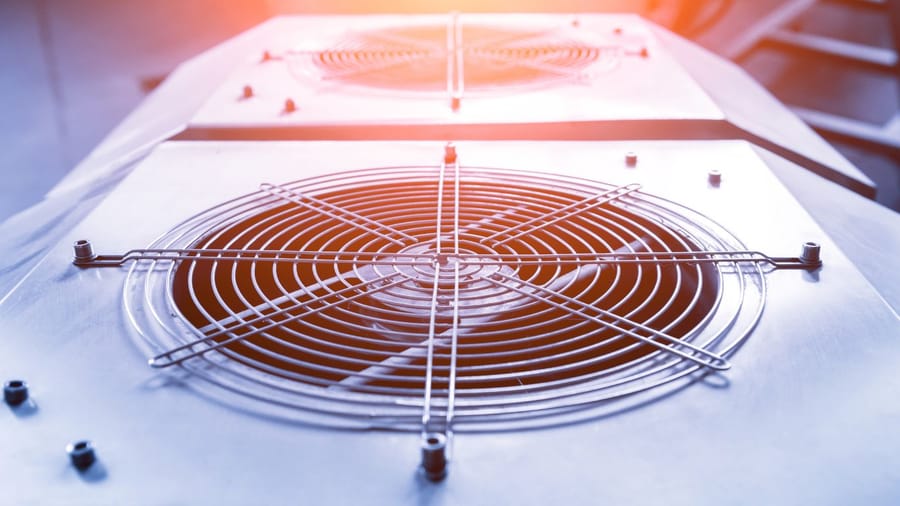
An In-Depth HVAC Efficiency Audit: How to Diagnose Performance Issues, Enhance Indoor Air Quality, and Cut Energy Costs

Why Indoor Humidity Matters in Buffalo, NY — for Comfort, Health, and Your Home
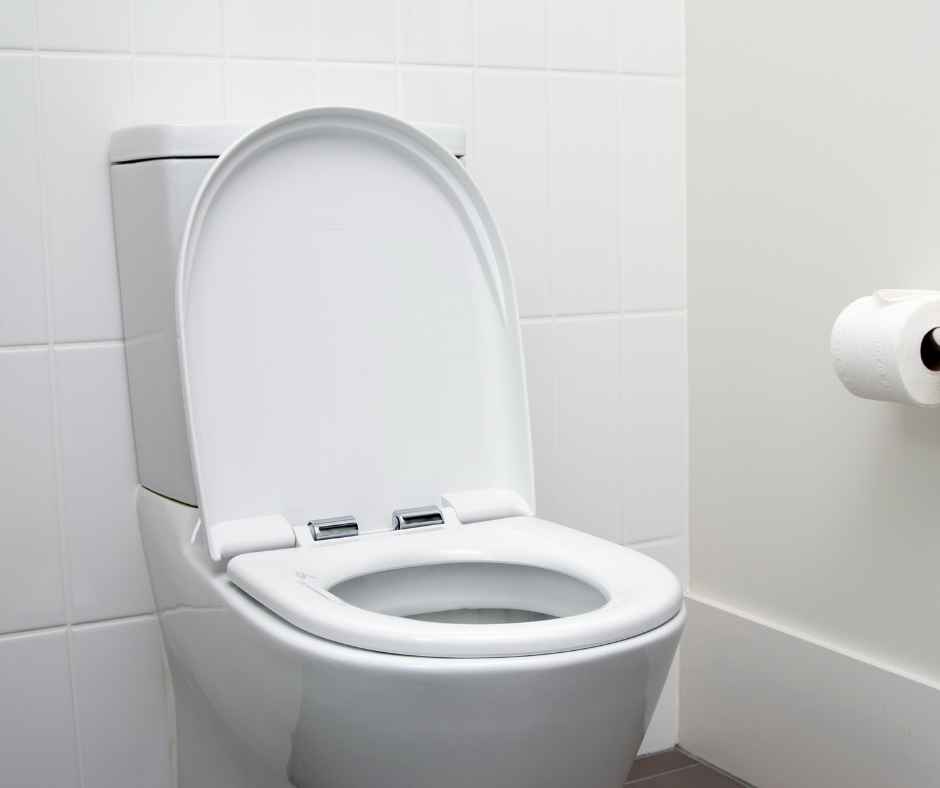
Why Is My Toilet Running?
Get in Touch
